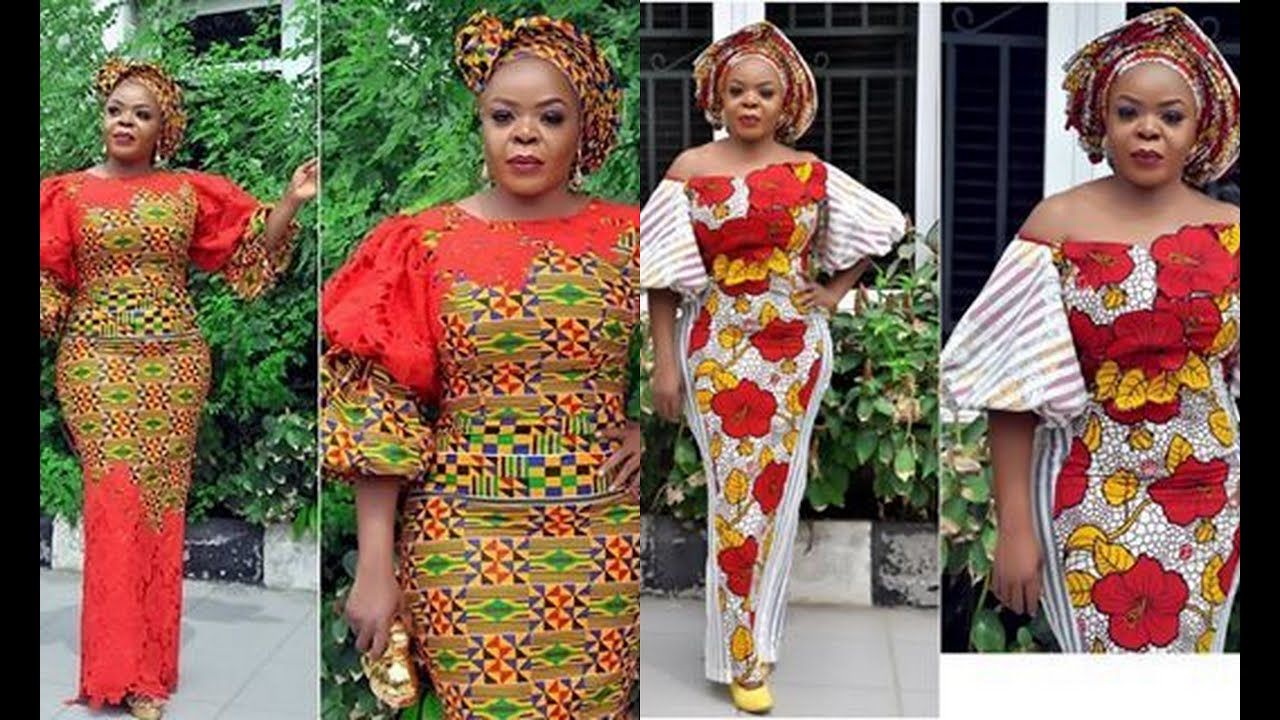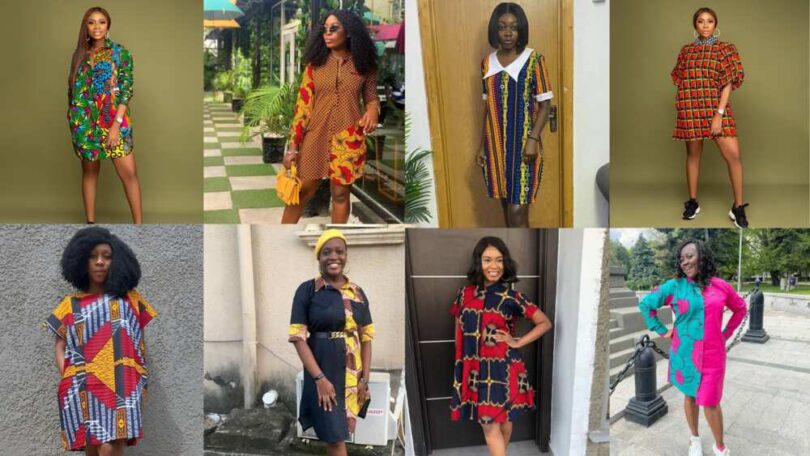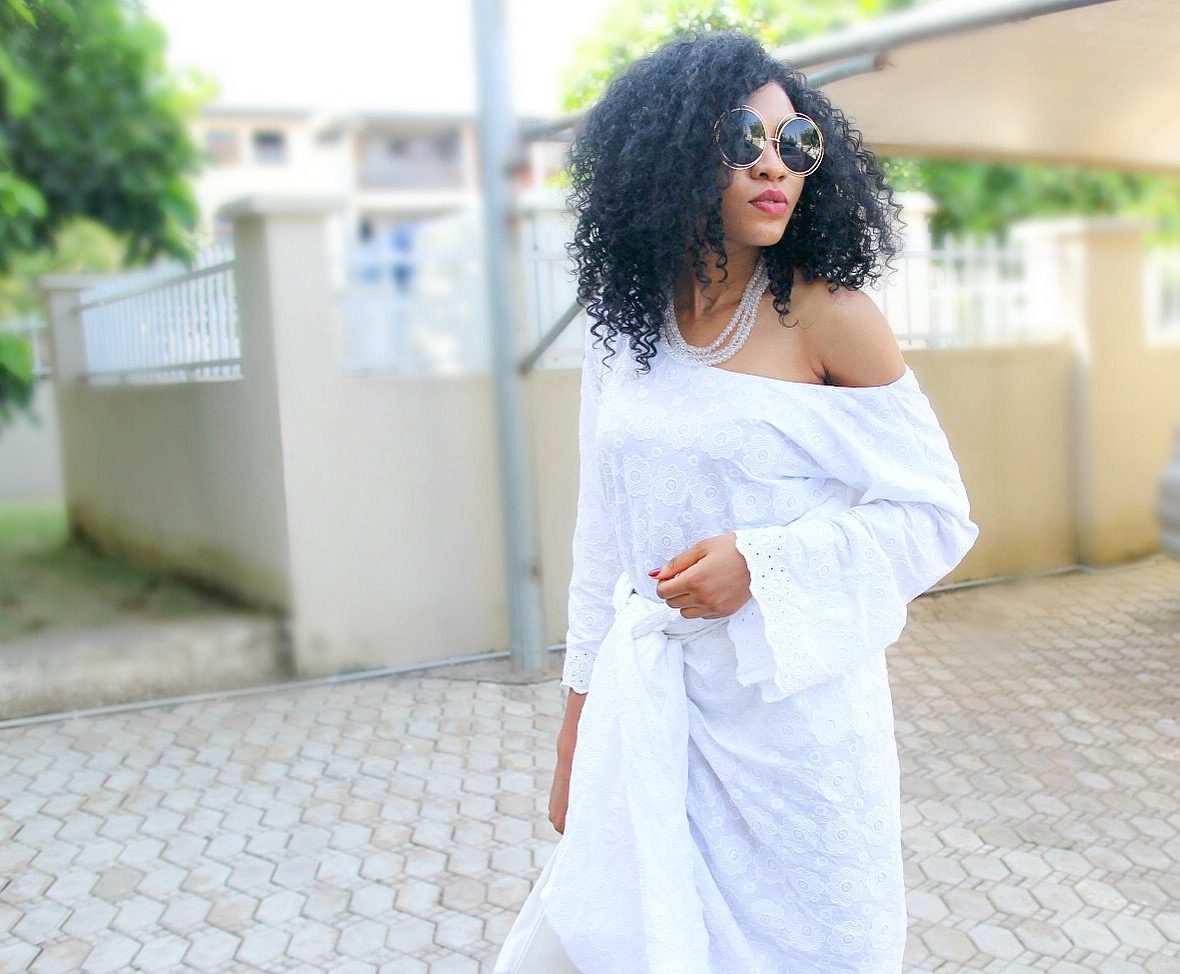The global fashion industry has referenced African fashion for years. It’s no surprise that you picture the beauty of West African dress styles. Everything about fashion in West Africa is amazing. Whether it is the fresh shapes and vibrant colours the world yearns for or the once-a-year Lagos Fashion Show Week which brings the household and upcoming designers together and the best models from different parts of the world. Today, we focus on West African dress styles and how the fashion industry in this part of the continent has grown over the years.
What Is the Traditional Dress of West Africa?
For a long time, the majority of Africans did not dress for warmth, thanks to the continent’s warm climates. The first clothing in West Africa and the continent at large were furs, skin and hides and bark cloth. The rest of the body was simply covered with decorations.

West African dress styles. Photo/ Pinterest.
Whereas men put on loin clothes, women were satisfied with wearing wraps around their waists. In other communities, girls used to wear just skirts and only started covering the whole body after getting married. When shipping routes opened between Asia, Europe and Africa, trade increased and uncommon items were sold to Africans. These included buttons, shells and beads which Africans started to decorate their simple clothes with.
Since each community has their own unique fashion sense, it’s impossible to pick the traditional dress of Africa. Overall, these dresses shared a few things in common – rich colours, intricate patterns, of course, cultural significance.
What Garment Is Worn in West Africa?
Modern West Africa is very colourful. Clothes are made with a range of various materials, including cotton, fur, flax, chiffon, silk, jute, among others.
Below are some of the traditional clothes that make the best West African dress styles:
- Kente: Kente, which comes from the word kenten translating to basket in Akan dialect Asante, is a type of silk and cotton fabric that has its origin among the Ewe and Ashanti people of Ghana. It is made of interwoven cloth strips and is also worn by many other communities in West Africa that have been influenced by the Akans.
- Dashiki: Dashiki is one of the most popular clothing and is known to make the best West African dress styles. For starters, the name dashiki is Yoruba and it refers to a colourful garment that covers the upper part of the body. Dashiki has its origin in West Africa but has spread in other parts of the continent and beyond. In East Africa they refer to it as ‘kitenge’.
- Boubou: Boubou is another popular garment in West Africa that is mostly associated with Nigerians. It is a classic robe made of one large rectangle of fabric and has an opening in the centre of the neck. Boubou is worn by both women and men. The Senegalese boubou is called grand boubou.
- Isiagu: Also called Chieftaincy, isiagu is a highly prestigious attire that has its roots among the Igbo people of Nigeria. The word isiagu translates to the head of a leopard but you will be surprised to see that the clothing actually has a head of a lion. It signifies pride, authority and power.
- Toghu: Also known as Atoghu, toghu is a colourful fabric, that is beautifully decorated and very common among the Bamileke community in Cameroon. In most cases, it is usually black, orange or gold. Just like isiagu, toghu also demonstrated the power and was previously worn by those in power or authority.
- Iro and buba: Iro and buba have their roots in Nigeria and are one of the garments used to make the best West African dress styles. The clothing is very common among the Yoruba people.

White lace iro and buba, Photo/ Modavracha.
What Are West Africa’s Colours?
Just like in many other parts of the world, the colour of a cloth someone puts on in West Africa means something, just as shown below:
- Black: Black means mourning and funeral rites
- Grey: This one symbolizes cleansing and healing rites. It could also mean ashes
- White: Also means cleansing. However, it is also worn during the festive season
- Purple: Associated with femininity and is mostly worn by women
- Maroon: Maroon means healing
- Pink: Pink represents feminine qualities
- Red: Red means death or bloodshed.
- Green: Green relates to land and harvest









